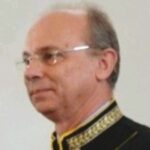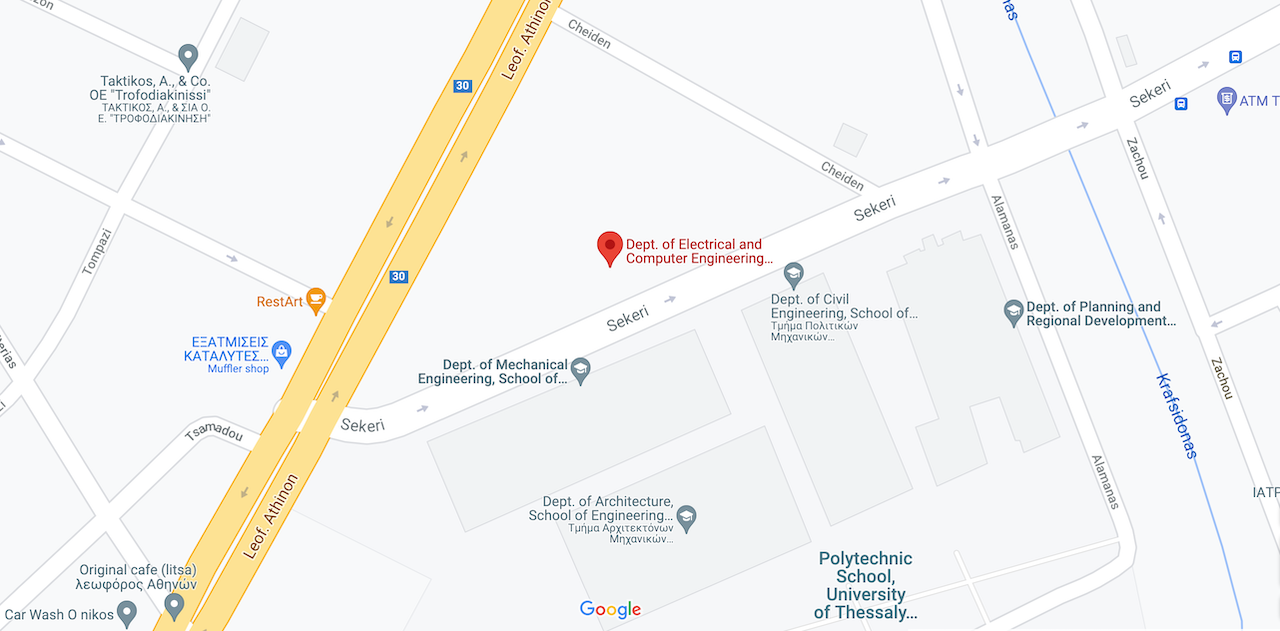Εξαιρετική διάκριση για τον Ερωτόκριτο Κατσαβουνίδη
Όταν το 1916 ο Albert Einstein περιγράφοντας την βαρύτητα, στα πλαίσια της γενικής θεωρίας της σχετικότητας, προέβλεπε την ύπαρξη των βαρυτικών κυμάτων σίγουρα δεν φανταζόταν ότι «προετοίμαζε» το Nobel Φυσικής του 2017 και μάλιστα σε… έμμεση σχέση με το Πανεπιστήμιο Θεσσαλίας!
Επίσης όταν ο Ερωτόκριτος Κατσαβουνίδης ξεκινούσε από την Βέροια για να σπουδάσει στην Θεσσαλονίκη δεν φανταζόταν ότι το Nobel (ή έστω οι παρυφές του) θα ήταν ένας από τους σημαντικούς σταθμούς της καριέρας του.
Συγκεκριμένα ο καθηγητής Κατσαβουνίδης είναι από το 2000 μέλος του εργαστηρίου LIGO (Laser Interferometer Gravitational-wave Observatory) στο MIT και μέλος της επιστημονικής ομάδας που απέδειξε την ύπαρξη βαρυτικών κυμάτων.
(περισσότερα…)












